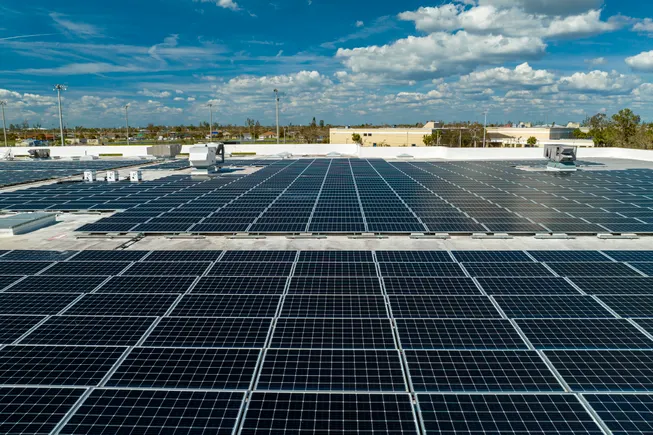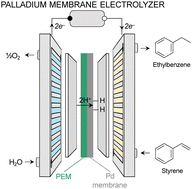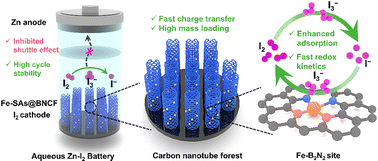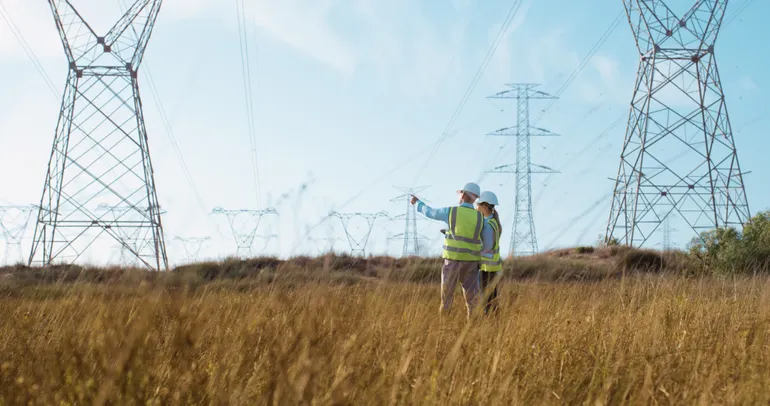Integrated Pest Management on the Farm: An Overview
The most effective modes of controlling pests on a farm do not involve pesticides. In fact, the best control is prevention. Integrated pest management is an important way to keep pest pressure down and protect the land where your farm is situated. The post Integrated Pest Management on the Farm: An Overview appeared first on Modern Farmer.

The industrial standard in agriculture involves heavy use of herbicides and pesticides to meet the bottom line of production. However, over time, it is increasingly apparent that these are not the best modes of control, due to their negative effects on plant nutrition, animals, humans, and the local environment.
But this doesn’t mean we should abandon pesticides altogether. Instead, we should take an approach that includes all other methods of control before pesticides are the chosen strategy. This is what integrated pest management (IPM) is all about.
How do farms carry out integrated approaches? There are myriad ways to do this. Each integrated approach should be tailored to the plants and regions in which they grow, and are most effective when bolstered by knowledge of the pests in question.
What is IPM?

Integrated methods are a combination of ecosystem-based approaches that focus on long-term controls. These involve biological, cultural, mechanical, and as a last resort, chemical controls. When combined, these strategies provide solutions to pest problems that offer the longest-lasting effects. These do the least harm to the surrounding environment, and to local human and animal health.
IPM starts with monitoring and research of prominent pests on a farm. With this knowledge farmers are informed about the most effective ways to reduce pest pressure. Instead of jumping straight to systemic pesticide use that can damage waterways and lead to higher numbers of pests in the long run, non-chemical options are employed first.
This limits the pest proliferation that causes resistances to pesticides over time. It also lessens runoff that pollutes waterways, and prevents pesticide drift that causes damage to nearby farms, people, and natural areas. Overall, IPM offers the most effective methods for reducing and sometimes eliminating pest pressures.
Types of Control
The multiple means of pest reduction included in IPM are most effective when combined with an understanding of the land, the plants, and the pests in question. This combination of strategies is the best for keeping pest numbers down on your farm. Have these in mind, and begin with cultural and mechanical controls before spraying chemicals.
Cultural Practices

Cultural methods are the ways in which you care for your crops and your farmland. Things like irrigation, soil cultivation, and controlling weeds are just a few of the cultural aspects of the farm. The overall goal of cultural controls is to make the farm less suitable for pests.
Use techniques, like removing weeds that harbor pests, or leaving some weeds as a trap crop away from your production area to be removed when pests are at their highest numbers. Delayed plantings also keep pests away from plants, as they may be more prevalent earlier in the season when temperatures are lower.
Crop rotation makes it less likely that soil-borne pests build up in soil to take hold of certain crops. Letting fields lie fallow between seasons is another way to do this, as is tillage to kill belowground larvae.
The best cultural control is planting varieties that are resistant to pests common in your area. For instance, planting squash vine borer-resistant varieties keeps the adult moth away from your fields, and diverts them to more desirable plants.
Biological Control

The backbone of biological methods is predatory insects. While you can purchase massive amounts of beneficial insects that prey on pests, the best strategy is to plant insectary plants to give them a place to live. These insects are common across North America, and with ample plantings it’s not hard to bring them in.
The best insectary plants are native ones. These invite your primary predators, like ovipositing wasps, lacewings, ladybugs, and predatory thrips (to name a few). They also bring in native pollinators that assist you in vegetable and fruit production.
Common natives like goldenrod, sunflowers, asters, and yarrow are not hard to grow, and provide other environmental benefits, like soil and water preservation. They host other wildlife too. They don’t require extra water, fertilizer, or pampering.
Find a good list of plants that bring in the predators you need to reduce pest pressure in your crops and it’s likely you’ll plant those plants every year. Many perennials work for this purpose too.
Mechanical Control

Another highly effective method for keeping pests out is to actually block them from accessing your plants. For instance, in early spring when flea beetles are common, a row cover is a great option, and an example of a mechanical method of control.
Rodent traps are useful tools as well, which prevent rodents from feeding on your corn, tomatoes, and grains you worked hard to grow. In greenhouses, yellow sticky traps keep gnats and flies from devastating your plants.
Mulching is a dual-purpose mechanical control that keeps away slugs and other pests, while helping your soil retain moisture and regulate temperature. Natural mulches break down and feed your soil with nutrition.
A strong stream of water from a hose is a prime example. Spray your aphid infested plants with a blast of water to remove them from your plants and stop their feeding. Similarly, pruning away heavily infested parts of a plant is a viable control.
Chemical Control

Your final line of defense is using chemicals to keep pests under control. After you employ the other methods listed here, you may not need chemicals. But in some cases, pesticides are necessary. If you are going to use them, always read the label. The label is the law.
On farms, overuse of pesticides results in resistances built by the pests in question, or it wipes out the beneficial insects that provide the most effective forms of control. It also may endanger other animals or humans in the spray area. This is why it’s important to consider toxicity and necessity before choosing chemical controls.
Using targeted, pest-specific pesticides is better than using broad-spectrum systemic ones, as they keep control within the range that you need without prompting undesirable effects. These include pollution, or danger to others.
There are four modes of administration, or how these pesticides work on pests in the first place:
Insects eat it as stomach poison; the poison kills on contact; the poison is absorbed by the plant and then eaten by the insect; or the poison kills by insects breathing it in or absorbing it via membranes.
Penn State has a handy guide for chemical controls that lists hierarchies of toxicity among different types of pesticides. They are as follows, from least to most toxic:
Type of pesticide:
soaps –>microbial products –>insect growth regulators –>botanical pyrethrins –>chlorinated hydrocarbons –>carbamates –>organophosphates
Formulation:
enclosed bait –>granular –>dust –>water solution –>water emulsion
oil solution –>aerosol –>emulsifiable concentrate –>liquid concentrate
Opinion: Farmers Are Overusing Insecticide-Coated Seeds
Studies suggest that seeds coated with neonicotinoid insecticides may harm nontarget insects, mammals and birds. In response, states are starting to restrict use of these products.
The post Integrated Pest Management on the Farm: An Overview appeared first on Modern Farmer.













































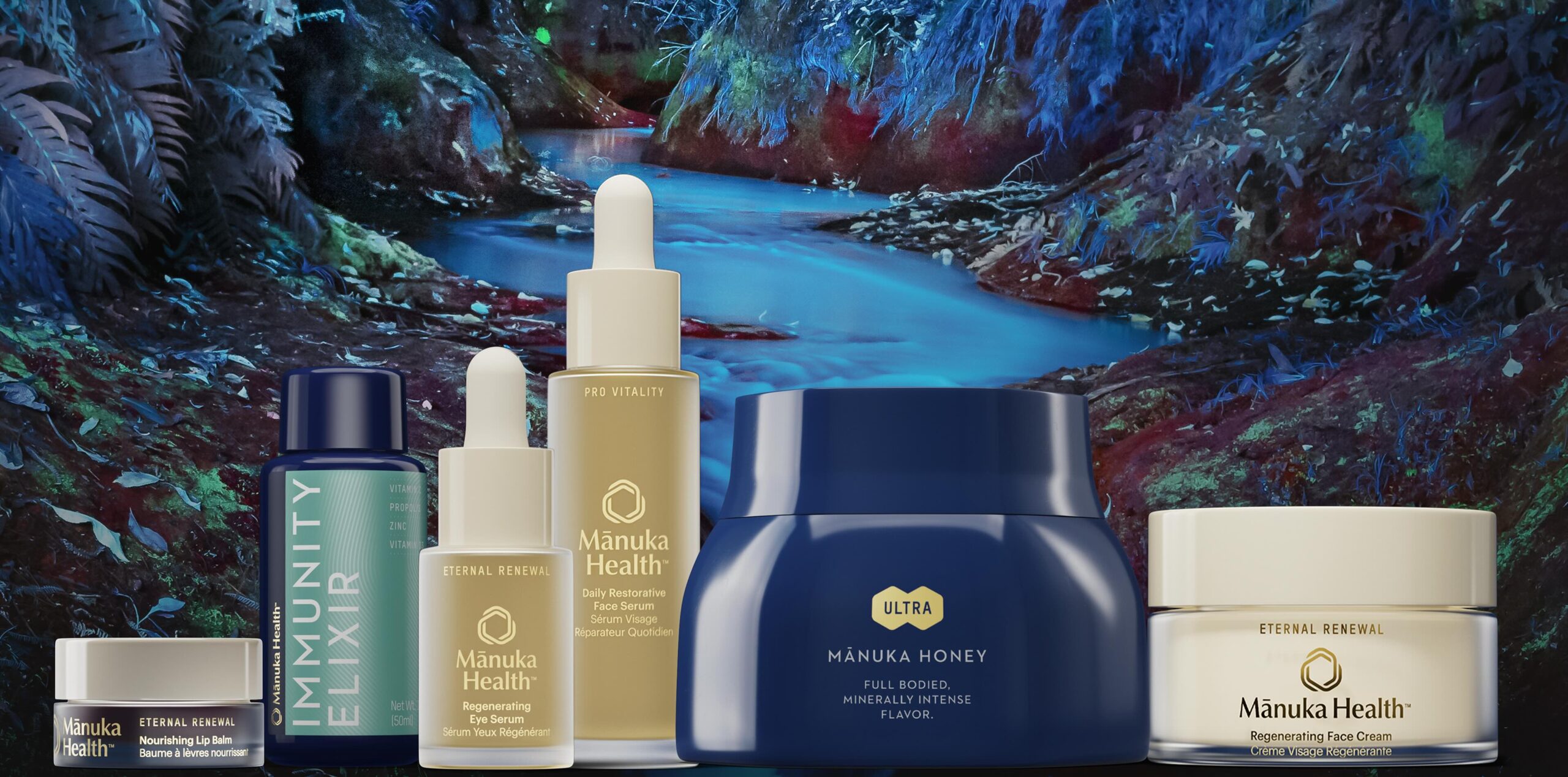
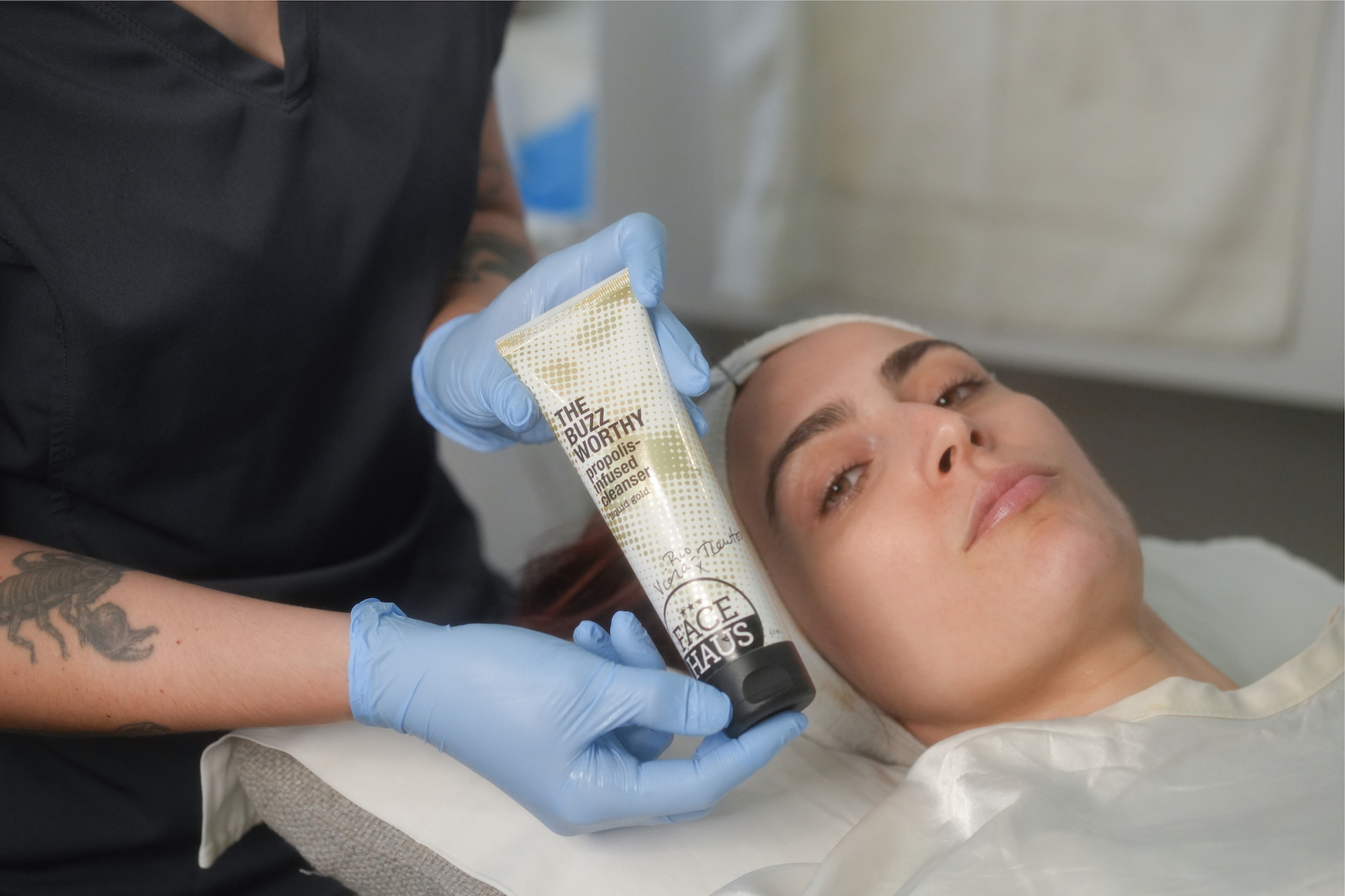






















































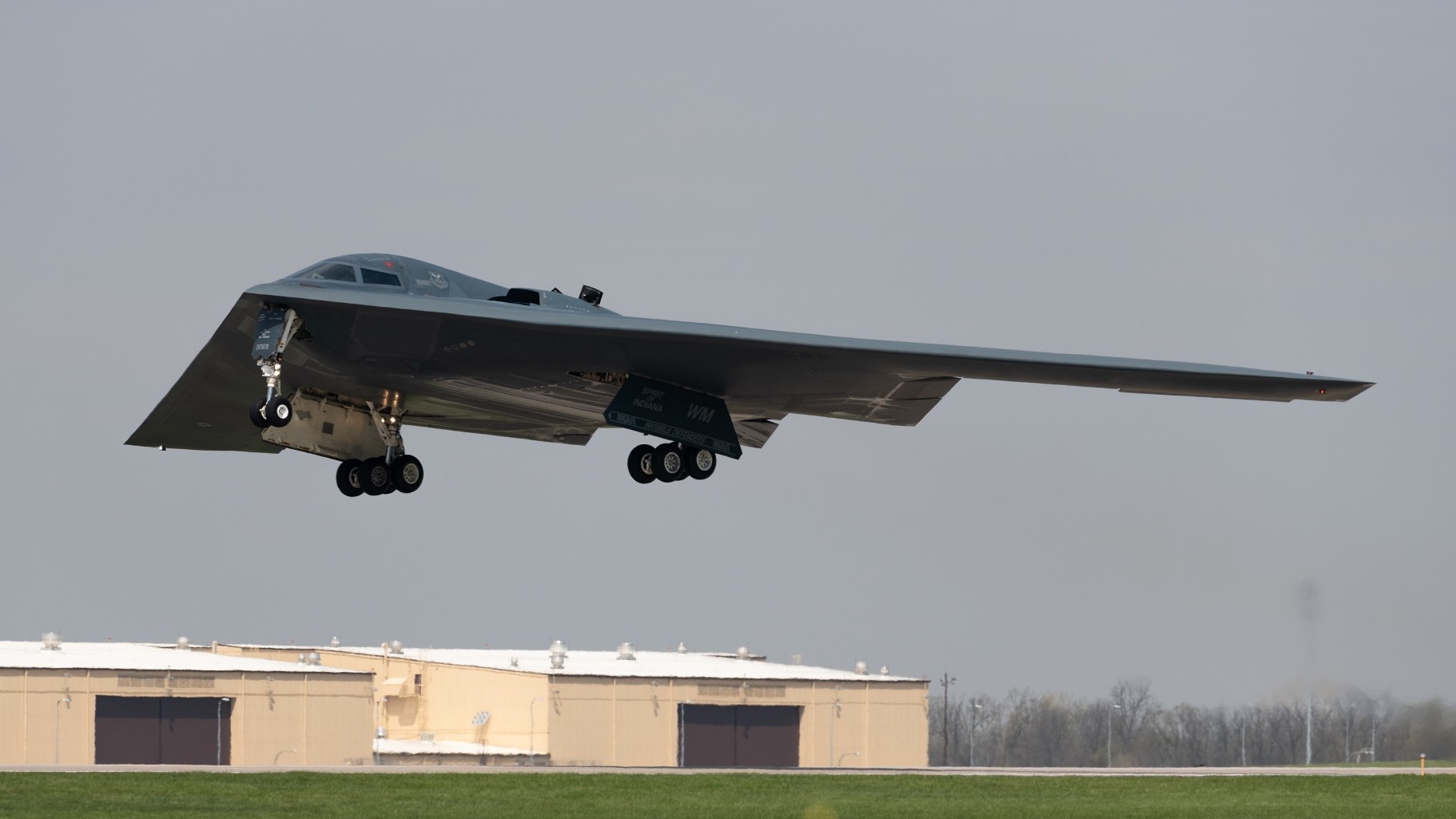
![[Updated] B-2 Spirit Bombers Struck Iranian Nuclear Sites](https://theaviationist.com/wp-content/uploads/2025/06/B2sGuam_2.jpg)








